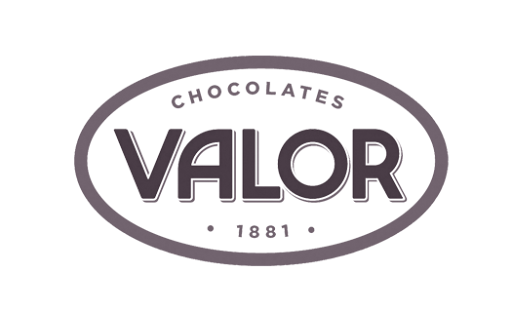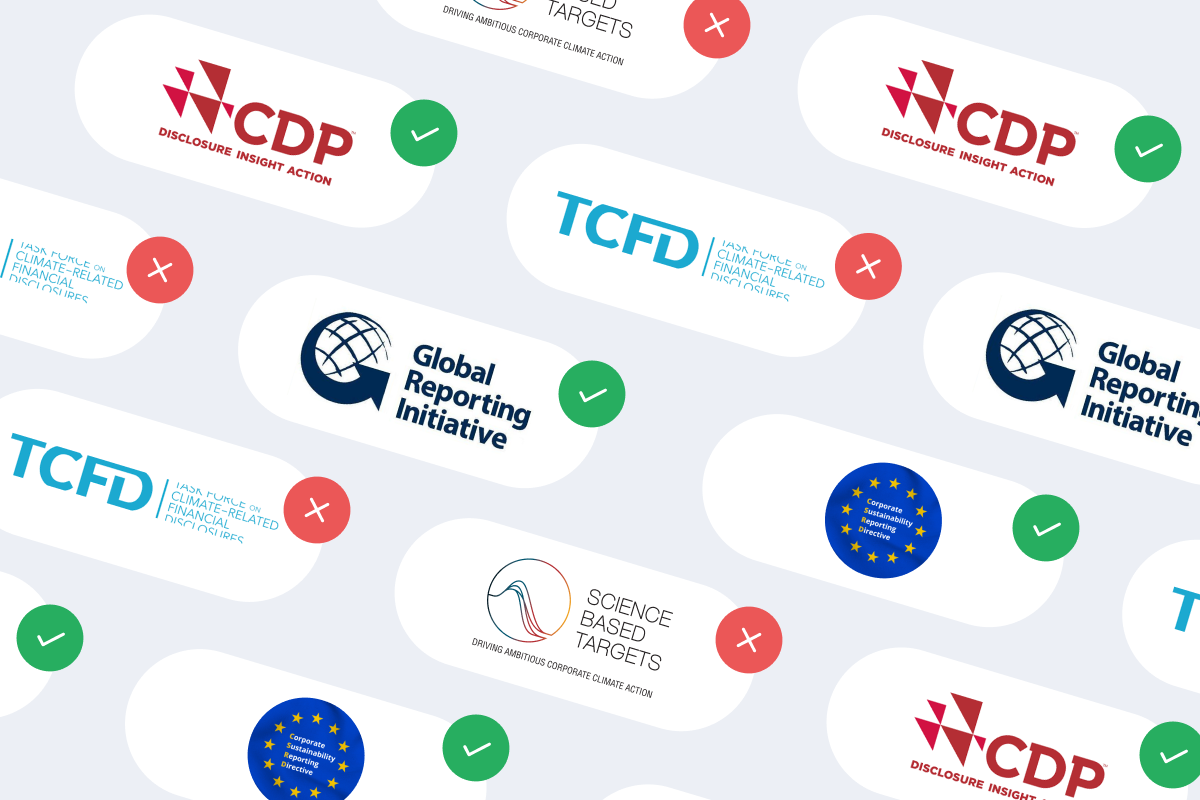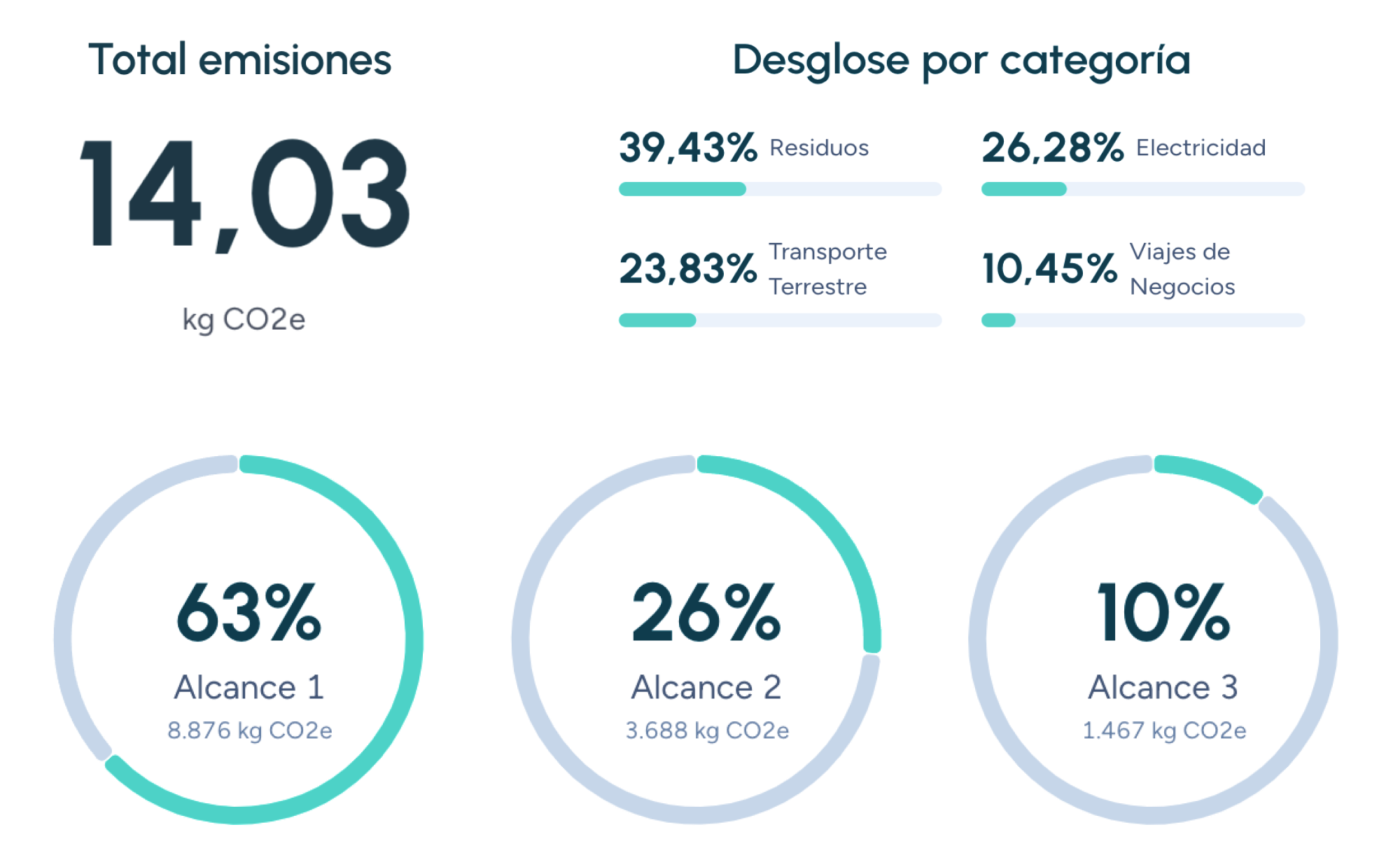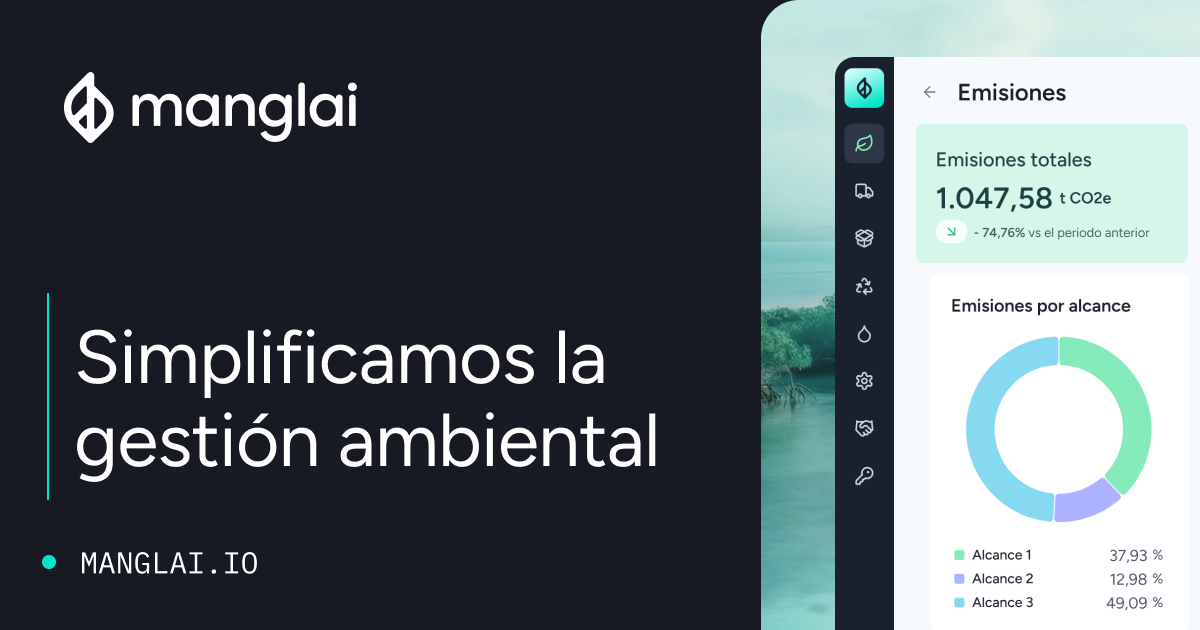S
Sustainable Development Goals (SDGs)
In a world increasingly aware of environmental and social challenges, the Sustainable Development Goals (SDGs) serve as a guiding light toward a fairer and more sustainable future. Adopted by the United Nations in 2015, these goals represent a universal call to action to end poverty, protect the planet, and ensure peace and prosperity for all by 2030.
What are the Sustainable Development Goals?
The Sustainable Development Goals (SDGs) are a set of 17 interconnected objectives designed to address the world’s most pressing challenges, from poverty eradication to climate action. Backed by 193 countries, they provide a common framework for governments, businesses, civil society, and individuals to work together toward a more sustainable future for everyone.
The 17 Sustainable Development Goals
Here are the 17 SDGs, each with a brief description:
- No Poverty: End poverty in all its forms worldwide.
- Zero Hunger: End hunger, achieve food security, improve nutrition, and promote sustainable agriculture.
- Good Health and Well-being: Ensure healthy lives and promote well-being for all at all ages.
- Quality Education: Ensure inclusive, equitable, and quality education, and promote lifelong learning opportunities for all.
- Gender Equality: Achieve gender equality and empower all women and girls.
- Clean Water and Sanitation: Ensure availability and sustainable management of water and sanitation for all.
- Affordable and Clean Energy: Ensure access to affordable, reliable, sustainable, and modern energy for all.
- Decent Work and Economic Growth: Promote sustained, inclusive, and sustainable economic growth, full and productive employment, and decent work for all.
- Industry, Innovation, and Infrastructure: Build resilient infrastructure, promote inclusive and sustainable industrialization, and foster innovation.
- Reduced Inequalities: Reduce inequality within and among countries.
- Sustainable Cities and Communities: Make cities and human settlements inclusive, safe, resilient, and sustainable.
- Responsible Consumption and Production: Ensure sustainable consumption and production patterns.
- Climate Action: Take urgent action to combat climate change and its impacts.
- Life Below Water: Conserve and sustainably use the oceans, seas, and marine resources.
- Life on Land: Protect, restore, and promote the sustainable use of terrestrial ecosystems, manage forests sustainably, combat desertification, halt and reverse land degradation, and stop biodiversity loss.
- Peace, Justice, and Strong Institutions: Promote peaceful and inclusive societies, provide access to justice for all, and build effective, accountable, and inclusive institutions.
- Partnerships for the Goals: Strengthen the means of implementation and revitalize the Global Partnership for Sustainable Development.
The SDGs and the Carbon Footprint
The carbon footprint, which measures the total amount of greenhouse gas (GHG) emissions produced by a specific entity, is directly linked to several SDGs. In particular, SDG 13: Climate Action focuses on the urgent need to reduce GHG emissions to combat climate change. Lowering the carbon footprint is essential to achieving this goal and protecting the planet for future generations.
Beyond SDG 13, reducing the carbon footprint also contributes to other SDGs, such as:
- SDG 7 (Affordable and Clean Energy): Transitioning to renewable energy sources and improving energy efficiency reduces GHG emissions and promotes access to clean energy.
- SDG 9 (Industry, Innovation, and Infrastructure): Innovations in clean technology and sustainable industrial processes can significantly cut the carbon footprint.
- SDG 11 (Sustainable Cities and Communities): Developing smart cities and efficient public transportation systems helps reduce emissions from the transport sector.
- SDG 12 (Responsible Consumption and Production): Adopting sustainable consumption and production patterns, such as reducing food waste, lowers the carbon footprint.
Companies that trust us

2030 Agenda
The 2030 Agenda is the action plan adopted by all 193 Member States of the United Nations in September 2015.
Blue economy
The blue economy promotes the sustainable use of marine resources to drive economic development, protect the environment, and foster social well-being, addressing challenges such as climate change and marine pollution.
COP (Conference of the Parties)
The COP (Conference of the Parties) is the supreme decision-making body established under the United Nations Framework Convention on Climate Change (UNFCCC).
Guiding businesses towards net-zero emissions through AI-driven solutions.
© 2025 Manglai. All rights reserved
Política de Privacidad


